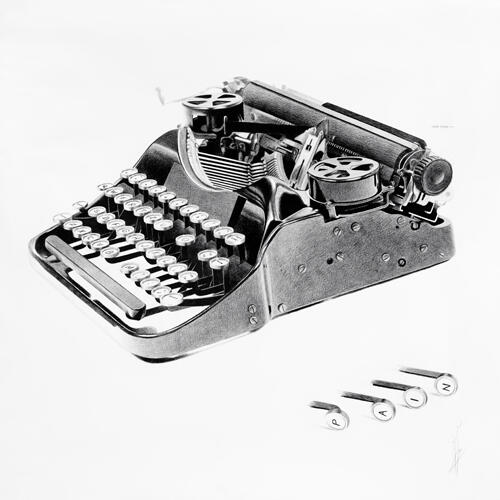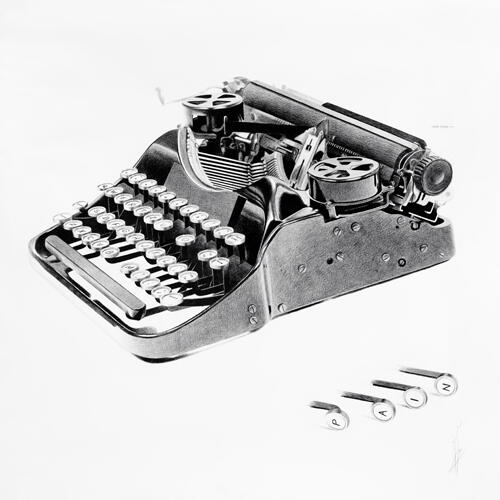Alexandre Arrechea
Magnan Metz, New York
As a foretaste of what will be displayed at the Havana Biennial as of May, Magnan Metz has assembled the latest – and perhaps the most audacious – works of Alexandre Arrechea.

Always impeccable, the two-dimensional and three-dimensional works of this artist surprise us with an exploration that for the first time does not entail personal references, but rather involve a “metaphor of the difficulty we experiment when we renounce to certain stances or attitudes”.
In Twisted Horizon Arrechea explores links among places and objects which are normally perceived as opposed or not related. Thus, utilitarian structures such as bridges, roads or façades appear miniaturized and displayed on hands or pedestals, suspended as if they were trophies, or hanging from drawing pliers. New associations and relations with the object that refer not only to possession or to success, but which also imply a particular care and attention regarding preservation. For Arrechea, the loss of the security implied in maintaining what we know and the way in which we know it, and which is distorted in these new associations, induces a change in our attitude in the face of the unknown. A re-thinking beyond our own comfort zone – which he explores when dealing with elements unconnected to his own history.
In Conversation in Vienna (2012) the artist reproduces the Zollamtssteg, a magnificent Viennese bridge that has survived several wars, and places it on his recurring hands as if it were a victorious trophy, shown to the world. Champlain (Last Days of Champlain, 2012), a bridge between New York and Vermont - recently dismantled because it was considered insecure – representing the economic hardships of its community, appears as the opposite of triumph.
In River (2012) Arrechea imitates the particular sound of the lenticular truss bridge of Ouaquaga – a historic jewel of the State of New York of the 19th century – placing its reproduction on rails and mounting each part of the bridge on a wagon. Contributing to the exhibition´s sense of humor, Louvre (2012) reproduces the façade of the famous museum in winding film reels.
The series of drawings Lost Integrity (2012) in which construction elements such as fragments of roads, wharfs or earphones “hang” from drawing pliers – resizing the scale of that which is represented and bringing it closer to the spectator - is magnificent. The series, like the drawing Pain Free (2012), in which the letters p-a-i-n have been pulled off from a classic typing machine, forces us to re-think the use of elements that are of such an everyday nature and at the same time, so complex. Particularly interesting is the drawing Study for Lost Integrity Installation (2012) in which a disc-shaped fragment has been removed from an endless road, appealing to a multiplicity that opens a world of possibilities in that which is real. Or imagined.
Indeed, something surreal and cinematic is perceived in Twisted Horizon, as well as a fundamental reflection on scale, humor, the notions of victory and failure and the appeal to the historic past and present of the elements involved. The only minus: the setting up of the works in the gallery, which does not favor dialogue among the pieces.
-
 Graphite on paper, 86 x 86 in. (framed), 80 x 80 in. (unframed) /Grafito sobre papel, 218,4 x 218,4 cm. (enmarcado), 203,2 x 203,2 cm. (sin enmarcar).
Graphite on paper, 86 x 86 in. (framed), 80 x 80 in. (unframed) /Grafito sobre papel, 218,4 x 218,4 cm. (enmarcado), 203,2 x 203,2 cm. (sin enmarcar).
Courtesy/Cortesía Magnan Metz Gallery




